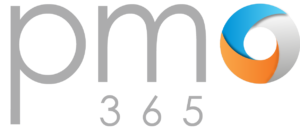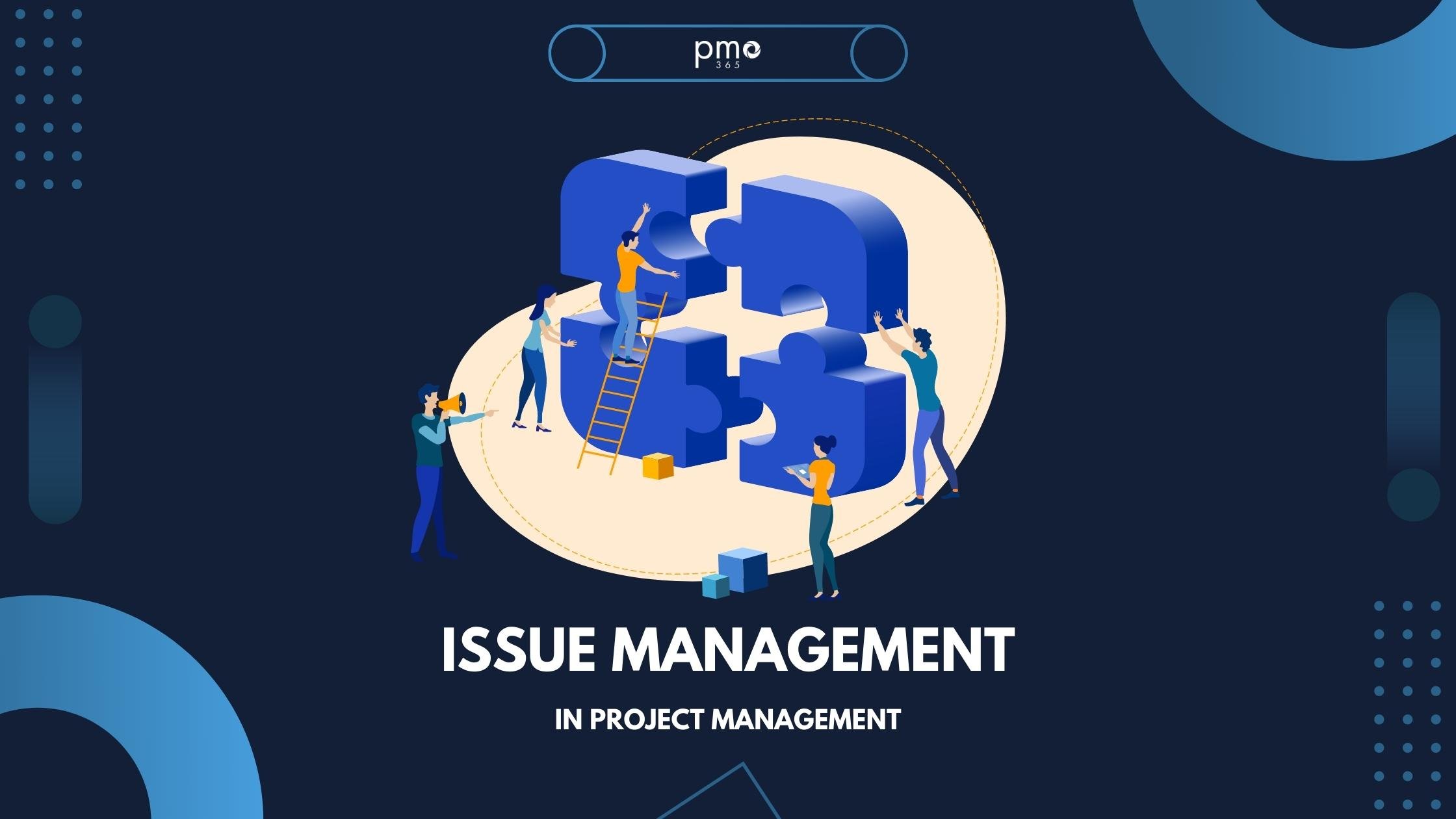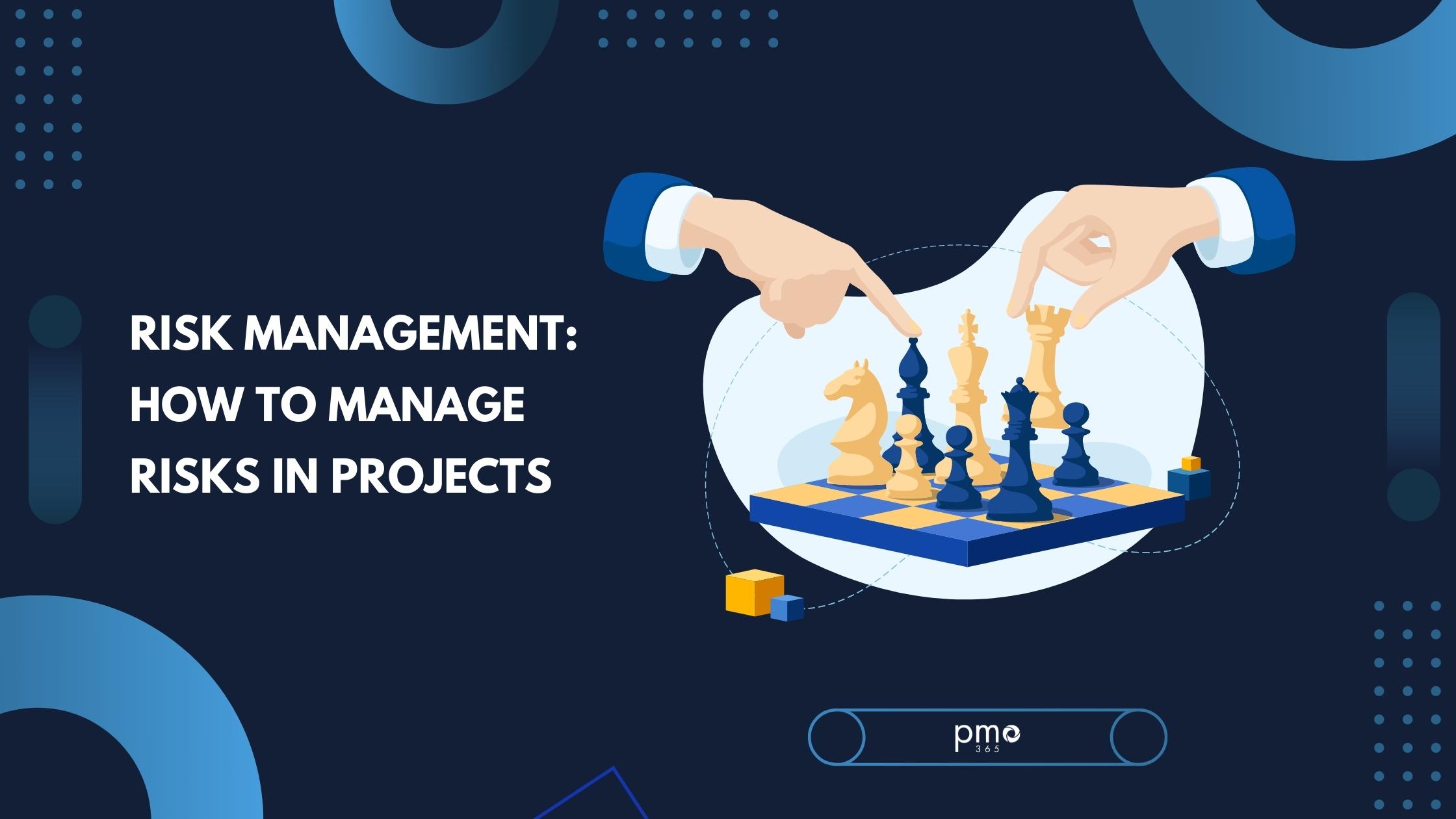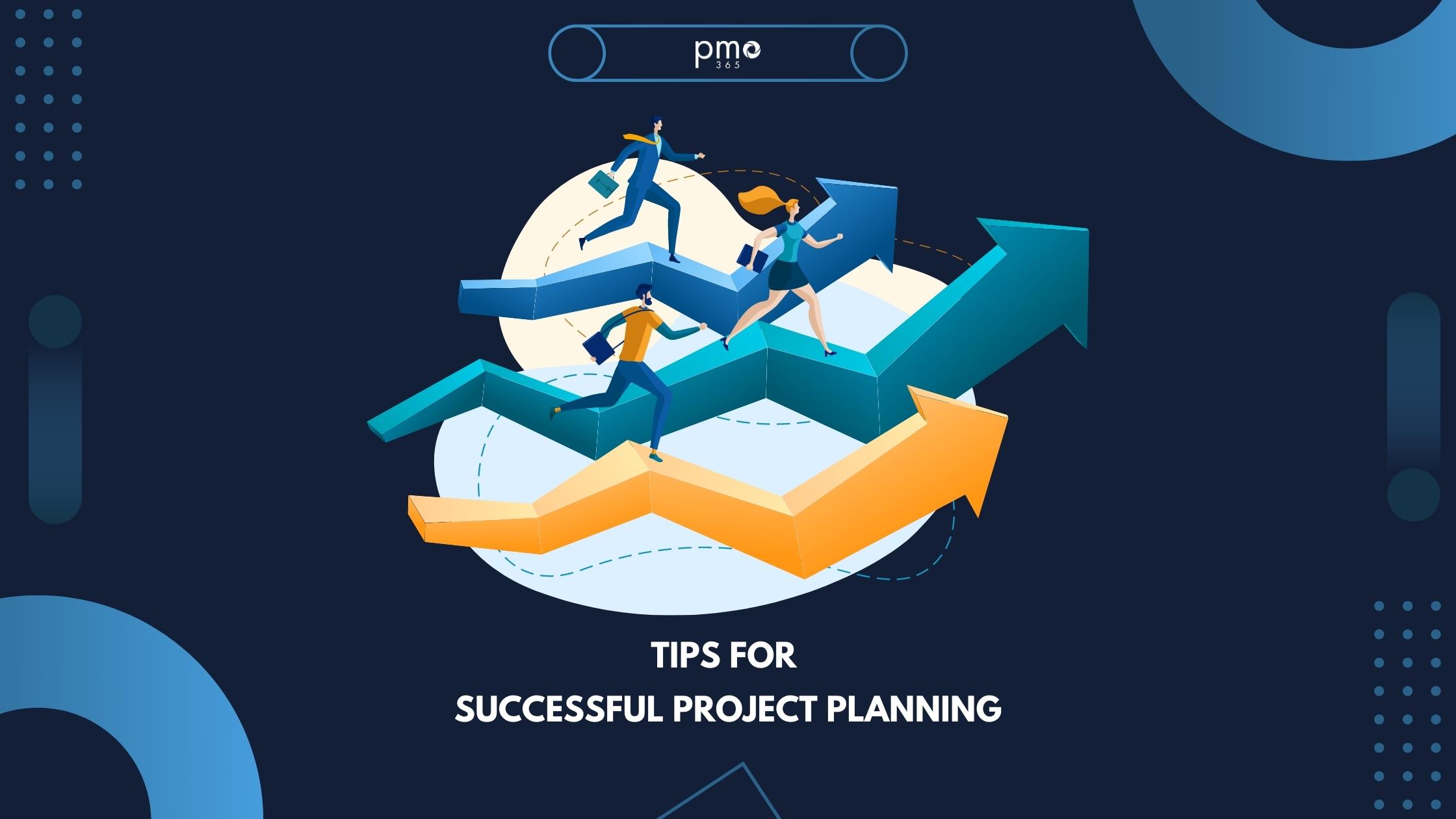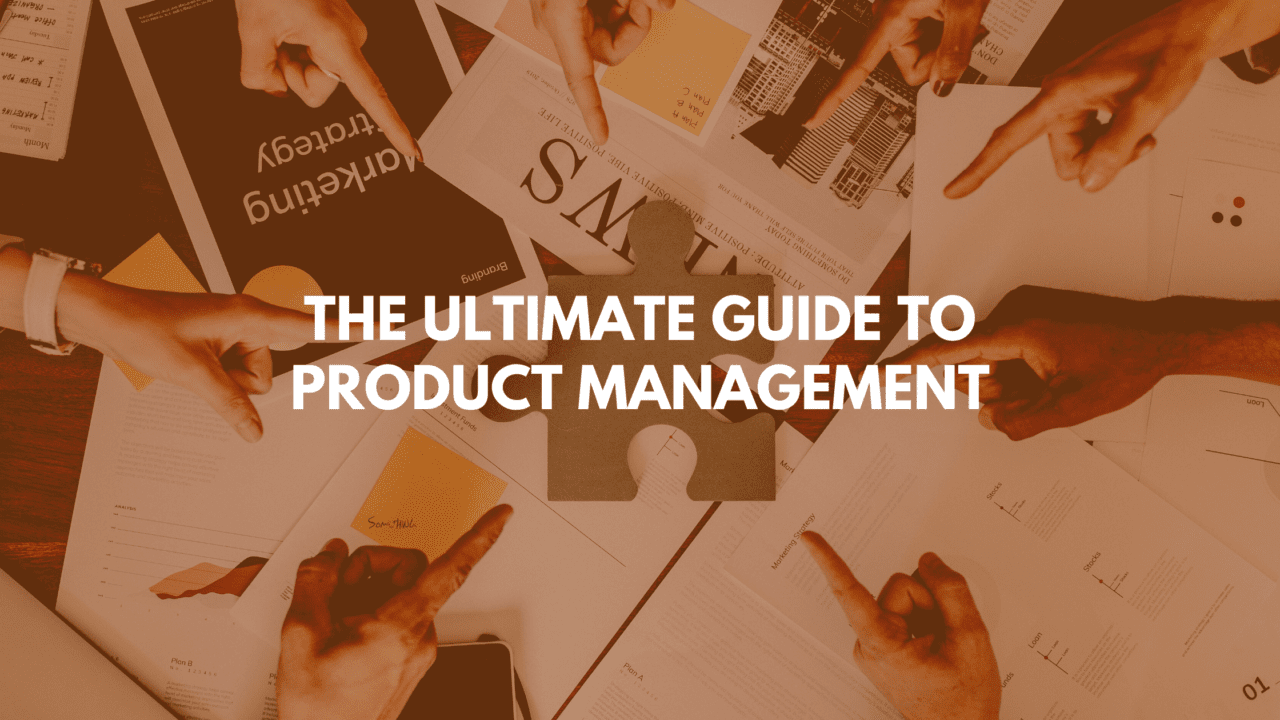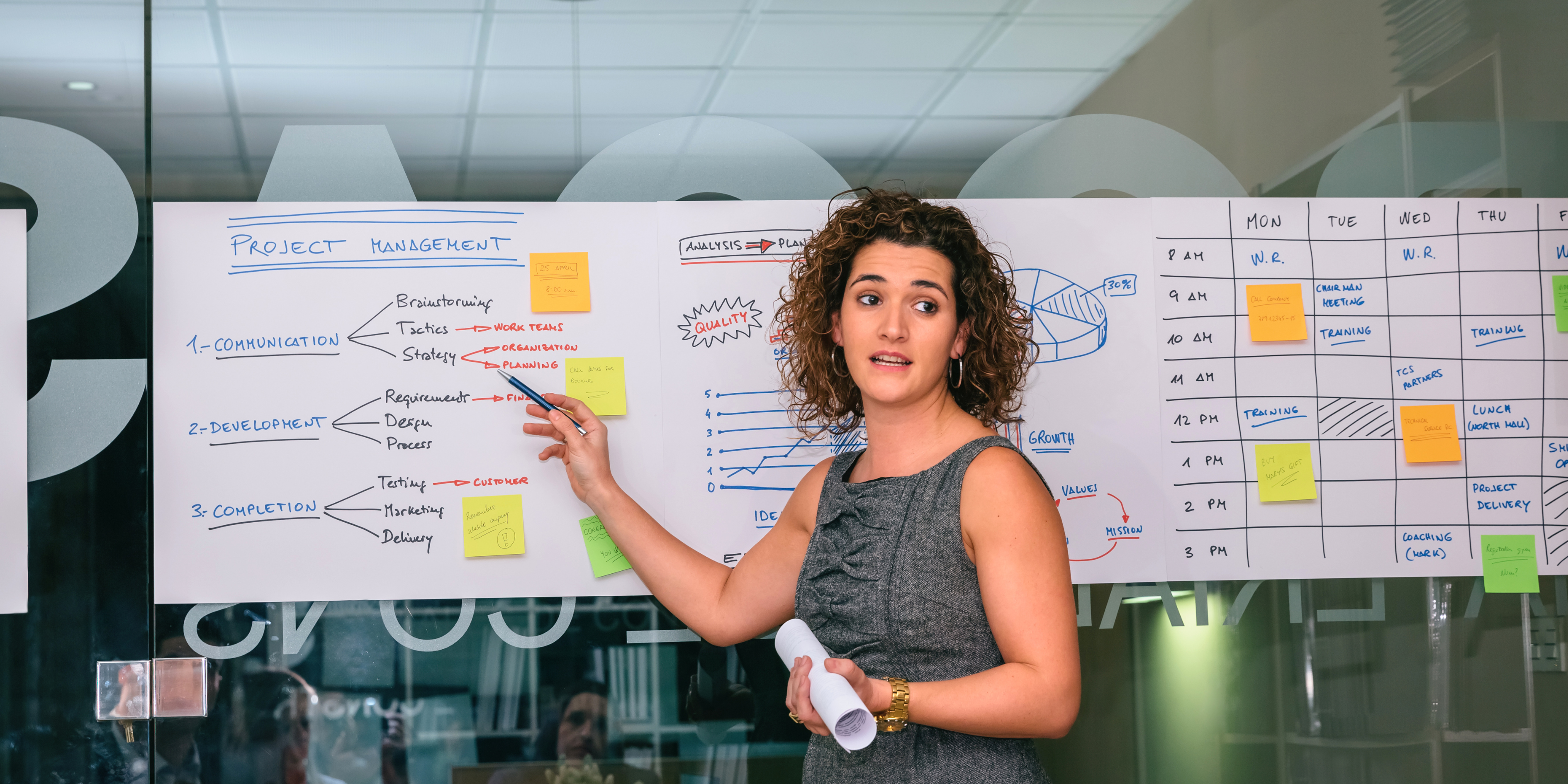Projects are the critical vehicles through which businesses grow. As businesses grow to handle a wider diversity and range of activities, the delivery of their projects will change to accommodate. Thus, linear-based projects in IT meant project delivery methods needed to become iterative and open-ended in nature. This was the introduction of ITSM in project management: IT Service Management.
ITSM emerged as a way to address the unique challenges and needs of IT projects. It’s aim is to give businesses the tools and frameworks they need for their IT projects to succeed. In this introduction to ITSM, our aim is to help you understand the importance and power of ITSM for your organisation.
What is ITSM?
IT Service Management, also known as ITSM, is the management of IT teams and projects. It’s critical goal is ensuring all IT endeavours meet the business’s key objectives. It involves activities such as planning, designing, implementation, deployment, and improvement of an IT product or service. ITSM fills the need to address stakeholders’ requirements throughout the entire product or service lifecycle.
The term ITSM itself refers to a fundamental principle of this approach. It’s called IT service management instead of project management because IT is an ongoing service rather than a time-bound project. Through this approach, it bridges IT approaches, general management approaches, information security management practices, and software engineering practices. This bridging role means ITSM focuses on using the right people, processes, and technology to accommodate the changing needs of an organisation.
Some of the core processes of ITSM include change management, asset management, and incident management. Let’s look further at the features and functions of ITSM.
Functions of ITSM
Though not limited to these factors alone, some of the key functions of ITSM include:
- Defining IT services and service levels
- Delivering and deploying the IT service itself
- Managing the IT service lifecycle
- Reviewing and refining the IT service throughout its lifecycle
- Decommissioning the IT service
Benefits of the introduction of ITSM
IT Service Management has the critical benefit of aligning and unifying the whole spectrum of IT processes and activities into a single holistic program. It is from this consolidation of processes that the other benefits of ITSM flow. Some of the most common benefits include:
- Improved strategic business and IT coordination and alignment
- Streamlined IT project management activities that improve overall productivity and efficiency.
- Encouraging of greater knowledge sharing among teams and departments within an organisation.
- Facilitating of better cross-departmental collaboration by encouraging all parties to stay on the same page.
- Helping organisations offer better IT service to customers by efficiently addressing issues quickly and adapting to changing needs.
- Supporting the continuous and sustained improvement of the IT service gives organisations the agility to respond to changing environments.
Core Processes/Practices of ITSM
ITIL is a set of best practices for providing IT services, and is recognised across our industry. ITIL version 4 has seen a recent shift to a focus of ITSM practices, rather than processes. This shift is because of organisations accounting for elements such as culture and data management in their ITSM approaches. Such considerations require holistic perspectives, and cannot be limited to distinct processes.
We won’t go into detail on all 34 practices listed in ITIL version 4. However, we will dive into several of the most important process/practices of ITSM that differentiates it from other management approaches. These include incident management, change management, problem management, service management, asset management, and knowledge management.
Incident Management
Incident management is the governing practices of restorative responses and actions to any interruption in service. In simpler terms, incident management is what your organisation does to fix IT issues, such as outages or performance limitations. The most common incident management practices have an incident ticketing system. This system will allow customers to flag incidents, while IT teams can actively track, address, and communicate actions to the necessary stakeholders.
Change management
Change management ensures that all changes to IT infrastructure are handled with a standardised procedures. Such changes could include deploying new services, managing pre-existing services, or resolving ongoing issues. Developed change management processes are critical to preventing bottlenecks and minimising risks. In ITSM, change management is also often grouped with release management, which is the process of deploying of software smoothly.
Problem Management
In ITSM, a problem is an underlying root behind a series of incidents. Problem management is thus the process of identifying, managing, and mitigating the problems that cause incidents. Some critical practices include the streamlining of incident investigations throughout problem control, error control, and problem analysis activities.
Service Management
Service management, also known as service request management, are the defined procedures which track service-level requests and commitments with customers and vendors. This includes tracking new software enhancements, requesting access, and deploying hardware updates. Service management also makes sure that recurring requests are streamlined, and service is maintained consistently.
Asset Management
IT asset management is the deploying, maintaining, upgrading, and decommissioning an organisation’s assets in the most effective manner. In IT, it involves using both tangible and intangible IT products and services to their full capacity. In ITSM, asset management is often closely grouped with capacity and configuration management.
Knowledge Management
Knowledge management is the structured process of recording, sharing, utilising, and managing knowledge related to IT. The aim of this is to achieve greater efficiency, accuracy and productivity within IT services within the organisation. IT knowledge management should reduce duplicated work, while allowing teams to seamlessly hand over tasks.
ITSM Frameworks
Like any project management approach or methodology, there is no one size fits all approach to ITSM. There are various ITSM frameworks which pull from the general practices of ITSM. Some of the most prominent ITSM frameworks include ITIL, COBIT, and MOF.
ITIL
ITIL, the abbreviated short form of the IT Infrastructure Library, was founded by the UK Government in the late 1980s. It has since become the most popular ITSM framework. The key emphasis of ITIL is the alignment of IT services with business needs and objectives. It aims to provide a holistic framework that bridges business and customer-value frames. The aim of this is to facilitate a more flexible workflow that adapts to teams, rather than processes.
ITIL can be understood as an ITSM best practice framework- it consolidates the different values, practices, and strategies of implementing ITSM. Since its inception, ITIL has gone through four different updates. The most recent, ITIL version 4, places a strong emphasis on collaboration, simplicity and feedback.
Have a full look at ITIL’s defined framework, processes and practices here.
COBIT
COBIT, the abbreviation of Control Objective for Information and Related Technologies, is predominantly an IT Governance framework. It outlines the different processes required to develop, implement, monitor, and improve IT governance and management activities. It looks at specifying control objectives, metrics, and maturity models within IT services. In recent years, COBIT updates have aligned their naming conventions with the pre-established ITSM process names.
MOF
MOF, the abbreviation for Microsoft Operations Framework, is framework of best practices, principles and activities that guides the IT lifecycle. As the name suggests, MOF is particularly effective when used in conjunction with Microsoft technologies. It applies a question-based approach to allow organisations to self-determine their needs across the entirety of the IT lifecycle. Therefore, it’s framework covers the stages of conception, development, operation, maintenance, and, eventually, retirement.
ITSM Tools and Software
ITSM has unique practices and approaches that not all PPM solutions may accommodate. When looking for the best ITSM software for your organisation, these are the few things to look out for:
Features and tools geared for ITSM
ITSM-specific tasks can be hard to manage in outdated software that doesn’t accommodate the needs of an IT Team. For example, it’s incredibly inefficient to manage incidents without a proper ticketing system or digital service desk. So, look out for software which has the right tools for your organisation’s needs. Your needs may vary from team to team, so spend the time evaluating what tools your team needs most. To get you started, consider if your organisation would benefit from:
- Automated approval and notification processes
- Task prioritisation tools
- A comprehensive ticketing system, and
- Streamlined knowledge management processes.
Solution set up and implementation
With widespread adoption, ITSM tools can improve productivity, efficiency, and transparency significantly. However, a comprehensive ITSM tool can come with a steep learning curve, which will affect the adoption of the tool. Look for ITSM solutions that your teams can easily activate and start utilising. Make sure you check if the solution has service information portals, additional support services, or has processes which are similar to your pre-existing processes.
Ease of use
The key function of ITSM is to improve collaboration and cooperation across an entire organisation. For it to be properly adopted, an ITSM solution needs to be user-friendly and intuitive. To do this, it should offer users clear pathways to solve their problems, whether through self-service portals or progress tracking features.
Integration and collaboration capabilities
Similar to the above point, a key part of improving adoption is by making sure pre-existing tools and software can be easily integrated with the ITSM solution. This will facilitate seamless information sharing and collaboration. Whether it’s resource management tools to ERP tools, an effective ITSM solution should connect with all your critical tools. Only then will it have the achieve it’s aims of greater alignment, greater transparency, and greater success.
Solution flexibility and adaptability
A key function of ITSM is its flexibility and agility to adapt to changing environments. Traditional project management solutions can often be restrictive, rooted in linear-based methodologies or outdated software. To fully support your organisation, your ITSM solutions must also be flexible and adaptable to accommodate changes in scale, processes, features, and requirements.
How can pmo365 take your ITSM activities to the next level?
pmo365 is a cloud-based PPM software that creates solutions that fit your organisation’s individual needs. With the power of Microsoft’s Power Platform and a highly qualified team of developers, we are experts at creating ITSM solutions that have the features, flexibility, and adaptability you need.
But pmo365 does so much more than just facilitate your ITSM needs. We can elevate your organisation’s practices and processes by:
- Facilitating Agile-based practices through Azure DevOps and customised workflows
- Building solutions on your tenancy so you are always in control of your IP
- Integrating your solution with virtually any external database with Power Automate. Check out the full list of connectors here.
- Consolidating all your project management activities onto a single platform to give you a single-source-of-truth.
- A transparent, stress-free, and no lock-in pricing strategy that gives you the most flexibility and control over your solution.
- Hands-on team of PPM experts who are always ready to troubleshoot any of the problems your face.
If you want to find out more about how pmo365 can help you, make sure to read more about our services here or talk directly to our PPM experts!
